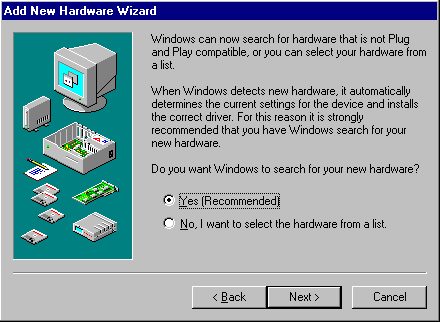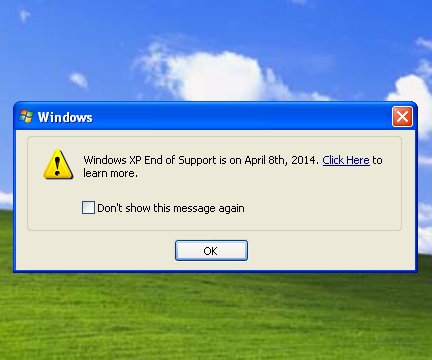 Windows XP was a prominent operating system from Microsoft, launched in 2001. Its iconic interface and stable performance defined a significant era in personal computing.
Windows XP was a prominent operating system from Microsoft, launched in 2001. Its iconic interface and stable performance defined a significant era in personal computing.
Origins and Development
It was a pivotal release, merging the consumer-oriented Windows 9x line with the business-focused Windows NT line. This unification aimed to provide the stability and security of the NT kernel to all users, moving away from the DOS-based architecture of its predecessors like Windows 98 and Windows Me.
 During its development, Windows XP was known by the codename "Whistler." The project's goal was to create a more robust, user-friendly, and visually appealing operating system. This involved a complete overhaul of the user interface, introducing the distinctive "Luna" visual style, which became synonymous with the OS. Early betas included a theme called "Watercolor" which had a pretty cool style, and another less attractive theme, which was mainly used as a trick in leaked builds during Luna's development, rather than to impress users.
During its development, Windows XP was known by the codename "Whistler." The project's goal was to create a more robust, user-friendly, and visually appealing operating system. This involved a complete overhaul of the user interface, introducing the distinctive "Luna" visual style, which became synonymous with the OS. Early betas included a theme called "Watercolor" which had a pretty cool style, and another less attractive theme, which was mainly used as a trick in leaked builds during Luna's development, rather than to impress users.
Key Features
Launched on October 25, 2001, Windows XP introduced numerous new features, including a redesigned Start Menu, improved Plug and Play capabilities, faster boot times, and enhanced multimedia support.
 It was available in several editions, most notably Home Edition for personal users and Professional Edition for businesses, offering advanced networking and security features.
It was available in several editions, most notably Home Edition for personal users and Professional Edition for businesses, offering advanced networking and security features.
Market Dominance
Windows XP quickly became the dominant operating system worldwide due to its reliability and user-friendliness. Its long lifespan was extended through several major Service Packs. Service Pack 2 (SP2), released in 2004, was particularly significant, introducing major security enhancements like the Windows Firewall, Data Execution Prevention (DEP), and the Security Center, largely in response to the increasing threat of internet worms and viruses.
 The OS's remarkable longevity meant it remained in widespread use for over a decade, far exceeding typical software lifecycles. This presented challenges, particularly concerning security, as new vulnerabilities were constantly discovered and exploited, requiring continuous updates and patches from Microsoft.
The OS's remarkable longevity meant it remained in widespread use for over a decade, far exceeding typical software lifecycles. This presented challenges, particularly concerning security, as new vulnerabilities were constantly discovered and exploited, requiring continuous updates and patches from Microsoft.
Modified Versions
Beyond the official releases, a vibrant community emerged creating various modified or 'modded' versions of Windows XP. These Custom OS often integrated updated drivers, pre-installed software, security fixes, or visual enhancements not officially supported by Microsoft. An example of such community-driven customization is 'Windows XP Delta Edition', which aimed to provide a refreshed experience with added functionalities.
End of Support and Legacy
Microsoft officially ended mainstream support for Windows XP on April 14, 2009. This meant no new features were added, and warranty requests were no longer honored. Extended support, which included security updates, continued until April 8, 2014. After this date, Microsoft stopped providing any official updates or technical assistance, making systems running XP increasingly vulnerable to new threats. Despite this, some critical updates were occasionally released for severe, widespread issues like those related to the WannaCry ransomware.
 Despite its end of support, Windows XP left a lasting legacy as one of the most successful and beloved operating systems in history, shaping the computing experience for millions globally and paving the way for future Windows versions.
Despite its end of support, Windows XP left a lasting legacy as one of the most successful and beloved operating systems in history, shaping the computing experience for millions globally and paving the way for future Windows versions.